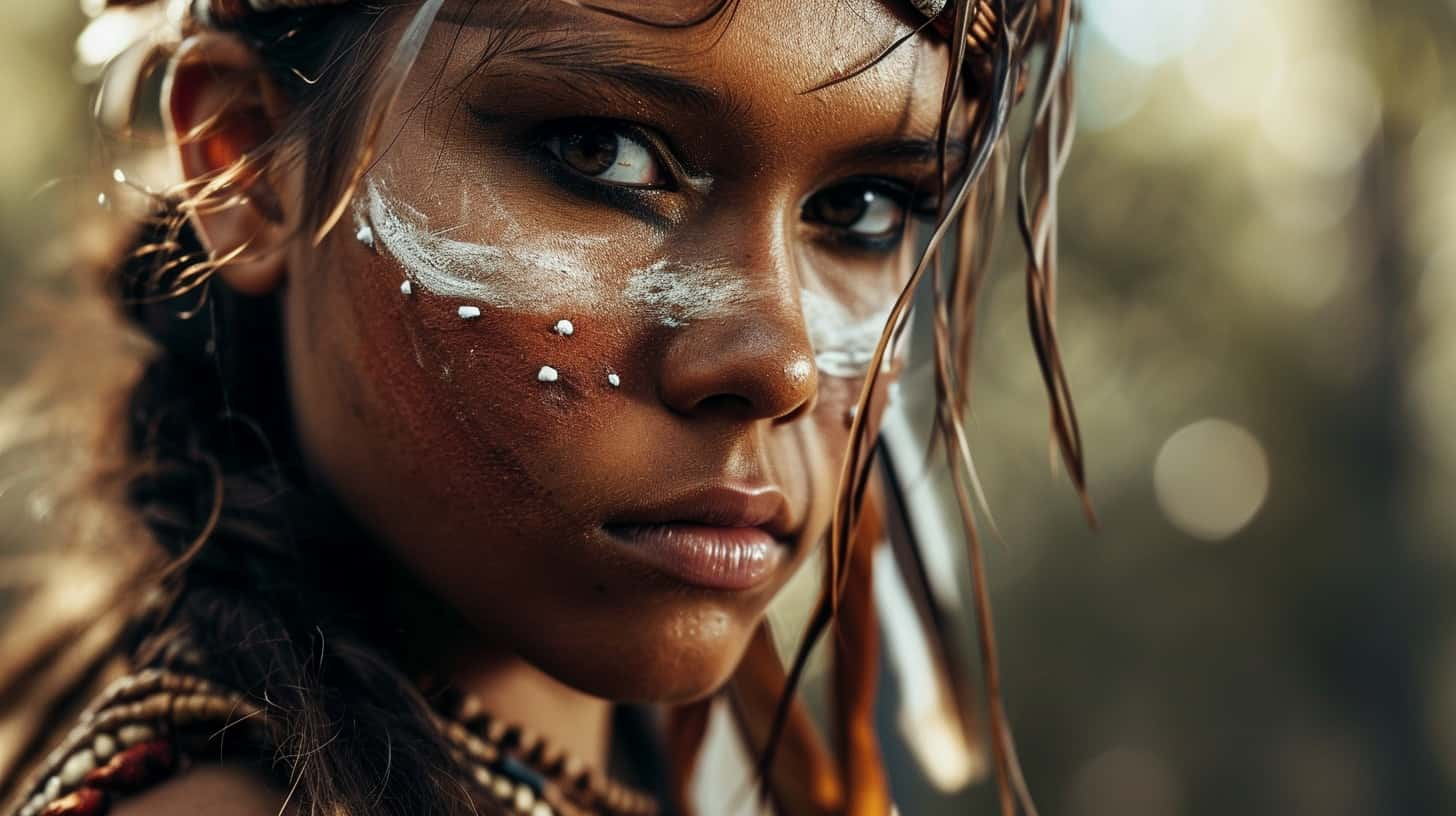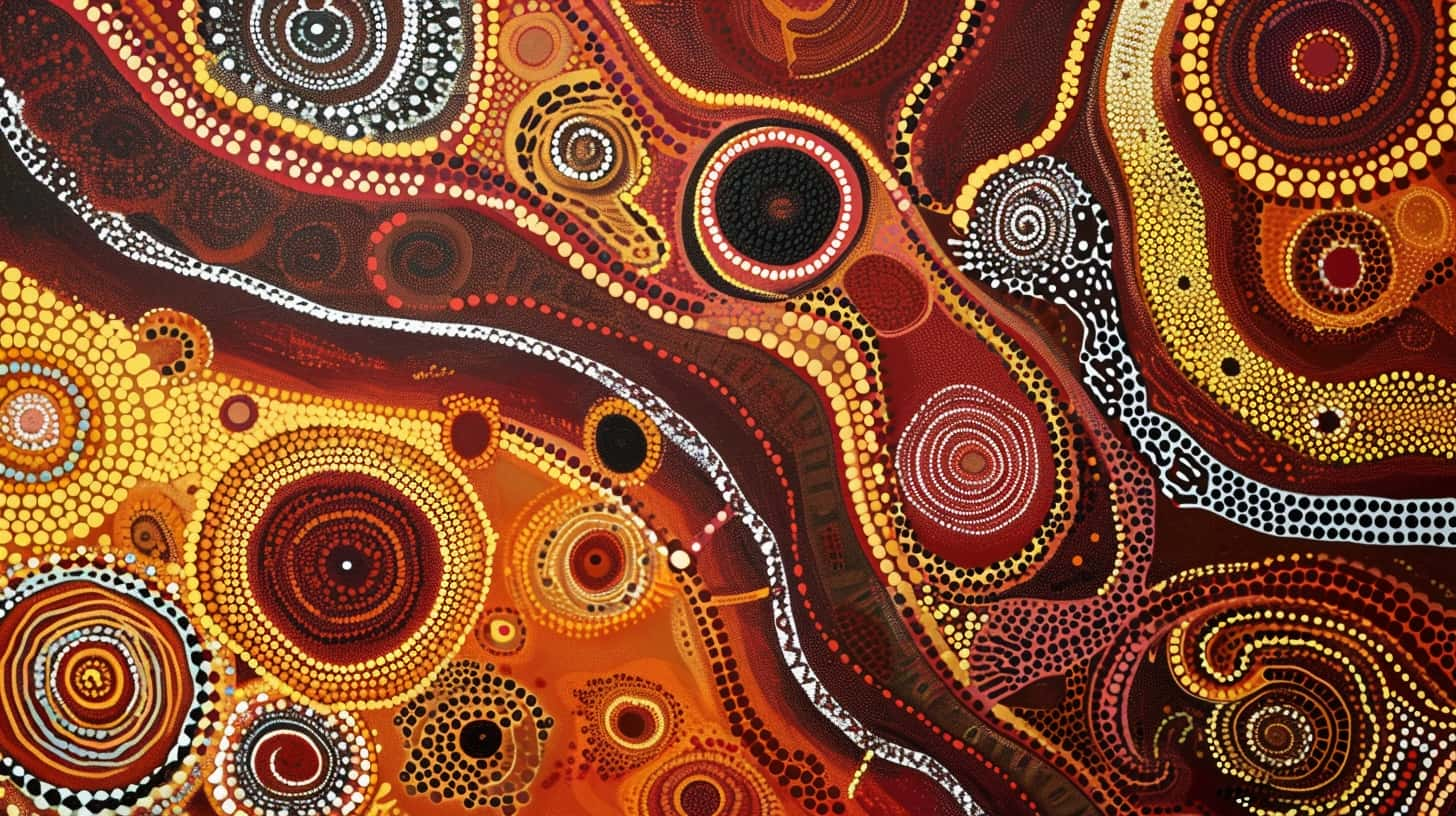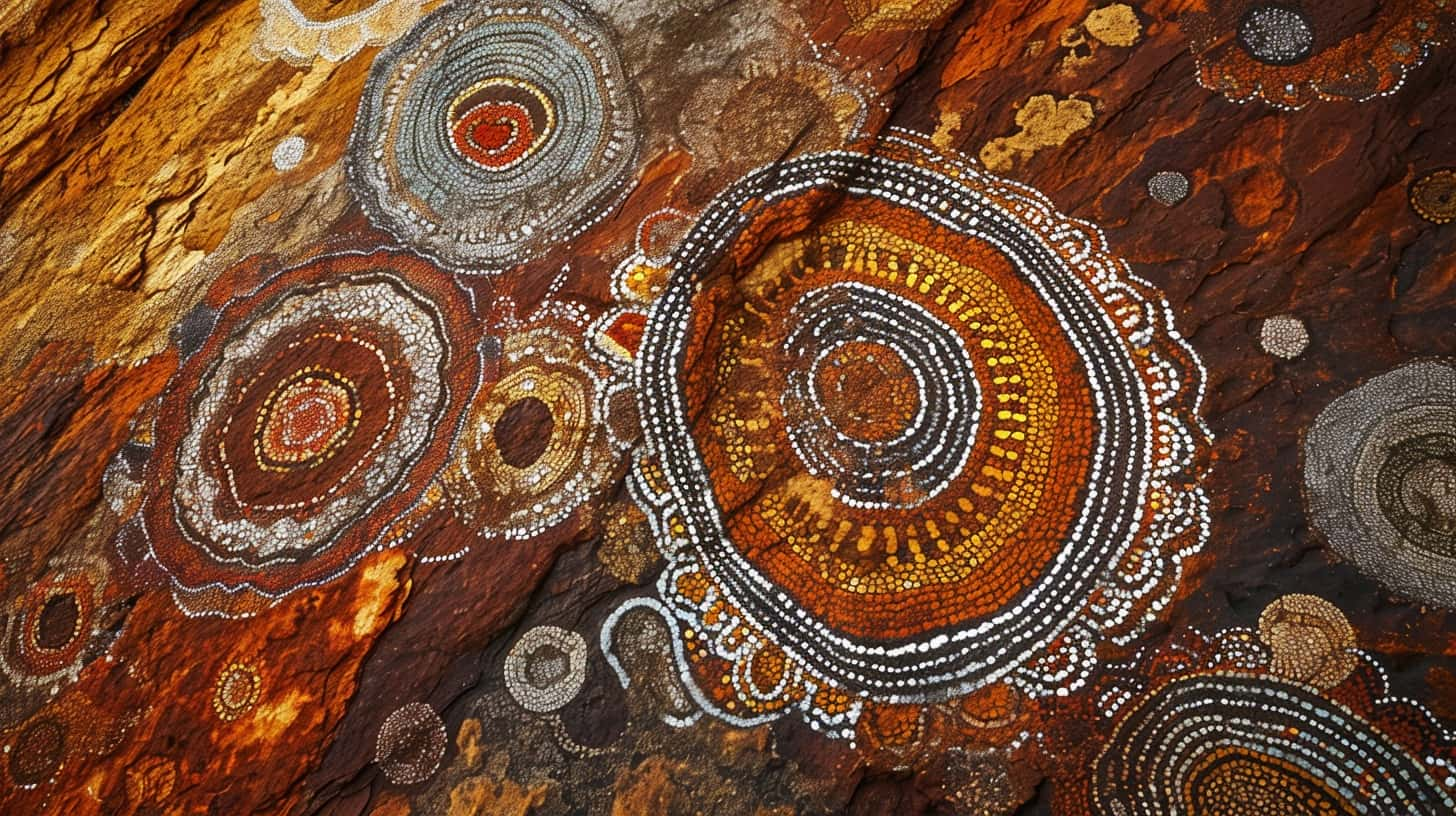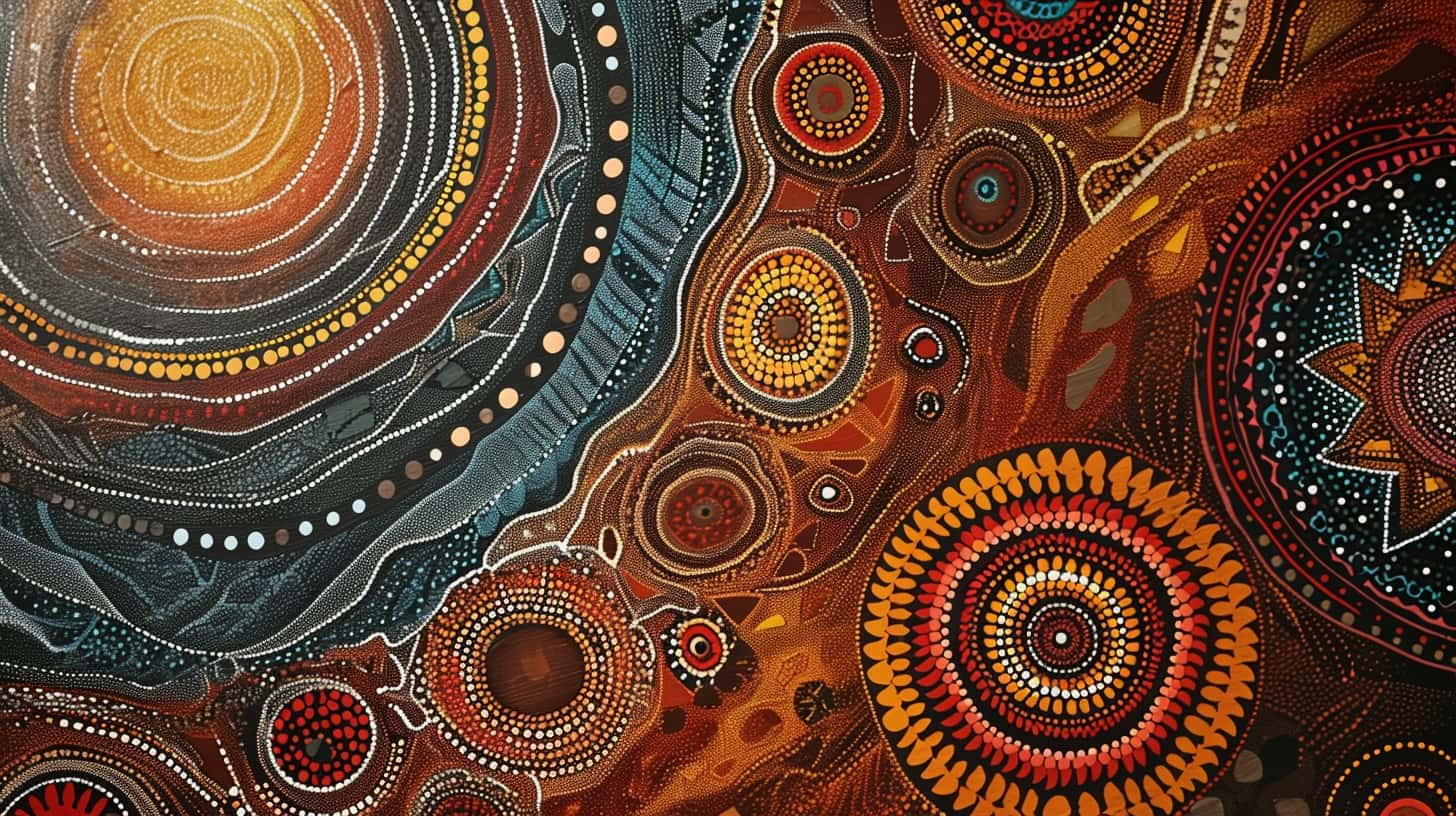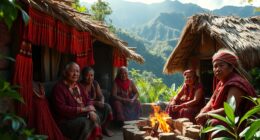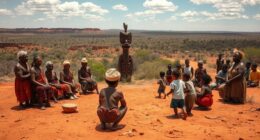Historical Connection
Exploring the importance of indigenous peoples involves recognizing the native populations who have a deep historical connection to specific regions. These communities have inhabited their lands for many generations, maintaining a strong connection to their ancestral territories. This enduring bond is rooted in a rich tradition of customs, knowledge, and wisdom passed down through the ages.
These indigenous groups often possess an intricate understanding of their environment, which has been cultivated over centuries. Their lineage can be traced back thousands of years, demonstrating an unbroken link to the land they call home. For example, Aboriginal Australians maintain a spiritual and cultural bond with their traditional lands known as Country.
Cultural Practices
The term “Aboriginal” encompasses diverse communities worldwide, each with its own unique set of cultural practices and traditions. From art forms and storytelling to spiritual beliefs and languages, these indigenous groups boast rich heritages that are integral to their identities. By acknowledging these distinct customs, we honor the resilience and vitality of these ancient cultures.
For instance, many Aboriginal communities engage in intricate artistic expressions such as dot painting or carving that serve as visual representations of stories from their ancestors. These creative endeavors are not merely decorative but carry deep spiritual significance and convey vital messages about identity and heritage.
Promoting Inclusivity
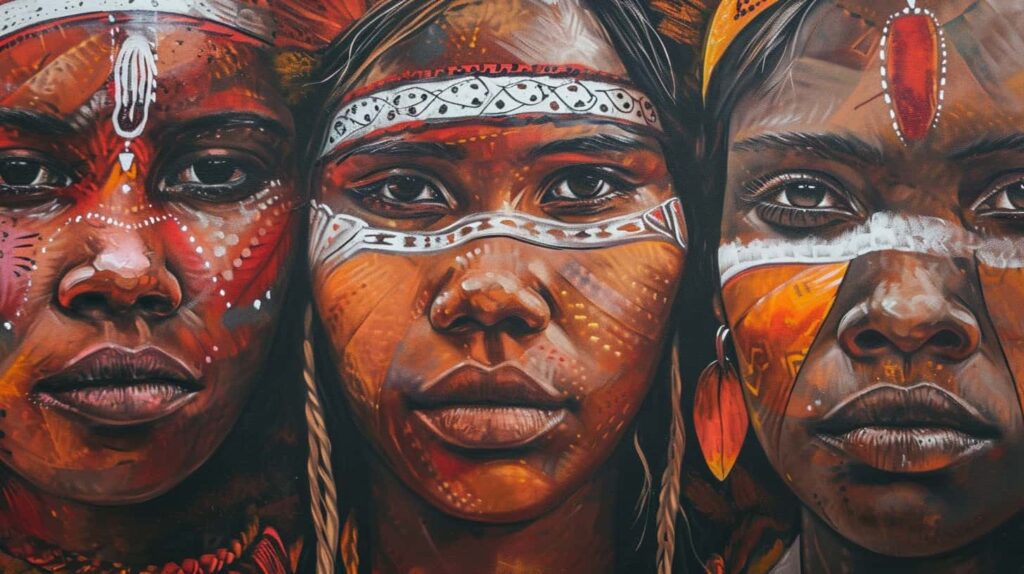
Understanding what aboriginal means holds immense significance in fostering inclusivity within our global society. It enables us to recognize the rights of indigenous peoples while appreciating the invaluable contributions they make to our collective human experience. By embracing this understanding, we actively participate in dismantling systemic barriers that prevent these communities from fully exercising their rights.
Moreover, acknowledging the meaning behind “Aboriginal” encourages us to engage in meaningful dialogue with indigenous groups across various platforms – from education systems to policymaking arenas – ensuring that decisions made directly impact them align with respect for their histories and aspirations.
Dissecting the Definition and Usage of “Aboriginal”
Interchangeable Terms
When discussing what Aboriginal means, we often encounter interchangeable terms like “indigenous,” “native,” or “First Nations.” These terms are used to refer to the original inhabitants of a specific region or country. For example, in Australia, the term “Aboriginal” is commonly used to describe the indigenous people, while in Canada, they are referred to as “First Nations.” Despite these variations, all these terms share the common thread of denoting the native peoples of a particular area.
In some instances, using different terminology can be more appropriate based on cultural nuances. For instance, when referring to Indigenous Australians as ‘Aboriginal’ and Torres Strait Islanders as ‘Torres Strait Islander,’ it acknowledges their unique identities within Australian society. It’s crucial for us to understand that each term carries historical and cultural significance and should be used with respect.
Varied Usage Across Countries
The usage of what Aboriginal means varies across different countries due to their distinct histories and contexts. In Canada, for example, there are three main groups: First Nations (the largest group), Métis (people with mixed Indigenous and European ancestry), and Inuit (Indigenous people residing in Arctic regions). Each group has its own distinct cultures and traditions but falls under the broader umbrella term “Aboriginal.”
Similarly, in Australia, alongside Aboriginal Australians who live on mainland Australia or Tasmania; there are also Torres Strait Islanders living in the Torres Strait Islands between Cape York Peninsula in Queensland and Papua New Guinea. Both groups have diverse languages, customs, beliefs systems that set them apart from one another.
It’s important for us to recognize this diversity when using such terminology because it helps us appreciate how deeply rooted these identities are within each country’s history.
Respectful Usage
Understanding what Aboriginal means goes beyond just knowing its definition; it involves respecting how individuals and communities self-identify. When engaging with Indigenous communities or individuals from various backgrounds globally—whether through conversation or written communication—it’s essential that we use terminology that aligns with their preferences.
For example:
- Instead of assuming which term is most suitable based on our own understanding,
- We should respectfully inquire about an individual’s preferred identification.
- This demonstrates our commitment to honoring their self-determination regarding identity.
Historical Origin and Evolution of the Term “Aboriginal”
Meaning in Latin
The term Aboriginal finds its roots in Latin, where it means “from the beginning” or “first inhabitants.” This signifies that Aboriginal peoples have a historical connection to the land they inhabit. It reflects their status as original or earliest known inhabitants of a particular region. For example, when we learn about Australia’s indigenous population, we understand that they are the first people to have lived on that land.
Colonial Differentiation
Historically, European colonizers used the term Aboriginal to distinguish indigenous peoples from non-indigenous populations. This categorization was often tied to colonization and had significant implications for how these groups were treated. The use of this term by colonizers highlights a period when indigenous communities faced displacement and marginalization due to colonial expansion. When we think about this history, it helps us recognize the impact of colonization on indigenous cultures around the world.
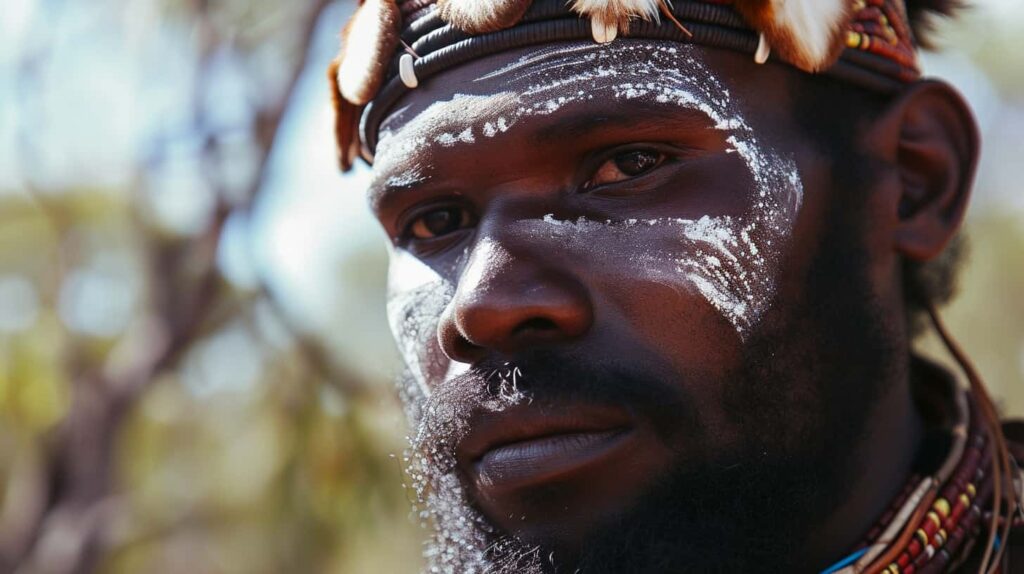
Evolving Recognition
Over time, there has been an evolution in understanding and recognizing Aboriginal peoples’ rights. As societies have become more aware of historical injustices and cultural significance, there has been a shift in how the term is used. Today, it is crucial for us to acknowledge not only the historical context but also contemporary issues facing Aboriginal communities worldwide. Recognizing their rights involves respecting their unique cultures while working towards rectifying past wrongs.
Synonyms and Related Terms for “Aboriginal”
Synonyms
It’s essential to be familiar with its synonyms. These include terms like “indigenous,” “native,” “First Nations,” and “tribal.” Each of these words is used in different contexts, but they share a common thread: they all refer to the original inhabitants of a place.
The term “indigenous” is often used as an umbrella term that encompasses native peoples around the world. In contrast, “First Nations” specifically refers to the indigenous peoples of Canada. On the other hand, “tribal” may have specific connotations related to tribal communities and their customs.
In various legal and cultural contexts, these terms are employed differently based on regional nuances. For instance, in Australia, people often use the word “aboriginal” or “Indigenous Australians” when referring to the native population. Understanding these distinctions helps us appreciate how language reflects historical, cultural, and legal implications.
Related Terms
Apart from synonyms, there are related terms that also shed light on what aboriginal means within specific contexts. For example, in Australia and Canada, there are legal definitions outlining who can be considered as part of the aboriginal community. These definitions take into account factors such as ancestry and connection to traditional lands.
Moreover, some regions use terms like “autochthonous” or “native title holders.” The former refers to groups considered indigenous based on being descended from populations inhabiting a region before colonization or formation of a nation-state; while the latter describes individuals or communities holding rights under common law traditions relating to land use by Indigenous Australians.
Understanding these nuanced terminologies not only enriches our vocabulary but also deepens our comprehension of diverse cultures worldwide.
Diverse Languages and Cultural Expressions of Aboriginal Groups
Rich Linguistic Diversity
Aboriginal indigenous people across the globe speak a wide variety of languages, reflecting their rich linguistic diversity. Each group’s language is a vital part of its identity, connecting them to their ancestors and traditional knowledge. For example, the Navajo people in North America have a complex language with unique grammar rules, while the Maori in New Zealand have preserved their native tongue through dedicated revitalization efforts.
Cultural expressions such as art, music, dance, storytelling, and ceremonies play a significant role in preserving Aboriginal heritage. These diverse forms of expression are deeply intertwined with each group’s culture and traditions. Through these mediums, they pass down stories from generation to generation and celebrate their histories. For instance, Australian Aboriginal communities use intricate dot paintings to convey Dreamtime stories that hold spiritual significance.
Distinct Cultural Practices
Each Aboriginal group has its distinct cultural practices that contribute to their unique identities. From the Inuit peoples’ ice fishing traditions in Canada to the Ainu community’s bear ceremonial rituals in Japan, these practices are integral to maintaining cultural continuity and fostering a sense of belonging within each community. By engaging in these customs passed down by their ancestors for centuries, they keep their heritage alive while adapting to modern times.
Geographic Distribution of Aboriginal Peoples Worldwide
Varied Locations
Aboriginal peoples, also known as indigenous populations, are spread across different parts of the world. In North and South America, Australia, Africa, and Asia, these populations have established their communities over centuries. For example, in North America alone, there are numerous distinct Aboriginal groups such as the Navajo Nation in the United States and the Inuit people in Canada.
The distribution of Aboriginal communities is heavily influenced by historical migration patterns and colonization. For instance, many indigenous tribes in South America have lived in specific areas for generations due to their deep connection to the land. This geographic dispersion reflects a rich tapestry of cultures and traditions that have evolved over time.
Highlighting Global Presence
Understanding where indigenous peoples reside around the world is crucial because it showcases their global presence and sheds light on the challenges they face. By recognizing that Aboriginal populations exist not only in remote regions but also within modern societies like urban centers or suburban areas, we can appreciate their resilience and adaptability.
For instance, learning about how various Aboriginal groups live amidst diverse landscapes – from rainforests to deserts – emphasizes their ability to thrive within different environments while maintaining strong cultural identities. This knowledge allows us to celebrate the diversity of human experiences while acknowledging common struggles faced by indigenous populations worldwide.
Aboriginal Australians: A Closer Look
The Meaning
So, what aboriginal means? It refers to the indigenous peoples of Australia. These are the individuals who have been living on the continent for over 65,000 years. They hold a deep spiritual connection to their land, which they refer to as “Country.” This connection is integral to their cultural identity and traditions.
Aboriginal Australians face numerous challenges but continue to fight for recognition, rights, and self-determination. Despite historical injustices and ongoing struggles, they remain resilient in preserving their heritage and advocating for their place in modern society.
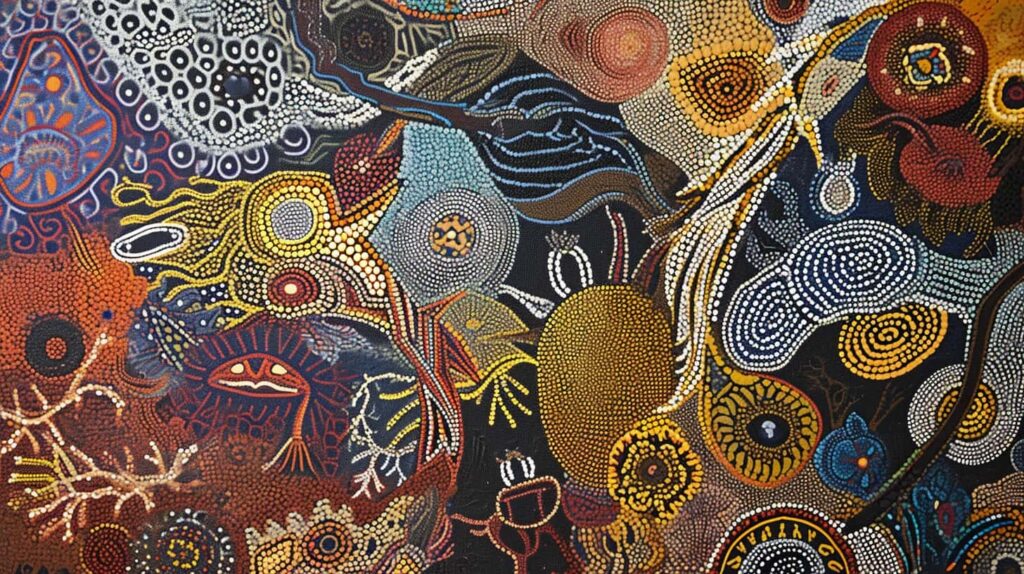
Cultural Significance
The term “aboriginal” encompasses a rich tapestry of cultures, languages, customs, and traditions that have evolved over thousands of years. Their oral histories pass down knowledge from one generation to another about the land’s significance and the people’s common ancestors.
For Aboriginal Australians, each landscape holds stories about creation ancestors who shaped the earth during Dreamtime or The Dreaming—a period when ancestral spirits created life forms and significant geographic features like rivers or mountains. These stories form an essential part of their cultural identity and provide a framework for understanding how they relate to the world around them.
In addition:
- Aboriginal Australians celebrate Mabo Day, commemorating Eddie Koiki Mabo’s landmark court case that led to recognizing native title rights.
- The Commonwealth government plays a crucial role in shaping policies affecting Aboriginal communities across Australia.
Legal Definitions and Criteria for Aboriginal Identity
Legal Frameworks
Different countries have legal definitions that outline the criteria for determining Aboriginal identity. These frameworks are crucial in recognizing and protecting the rights of indigenous peoples. For example, in Australia, the legal definition of an Aboriginal person is someone who identifies as an Aboriginal and is accepted as such by the community in which they live or have lived.
In Canada, Bill C-31 amended the Indian Act to address discrimination against Indigenous women who married non-Indigenous men. This amendment expanded the eligibility criteria for Indian status, allowing more individuals to be recognized as First Nations people under Canadian law.
These legal frameworks ensure that indigenous peoples’ rights are safeguarded and that they have access to resources necessary for preserving their cultures and traditions.
Determining Criteria
The criteria used to determine Aboriginal identity may vary from country to country. Ancestry, cultural affiliation, community recognition, or self-identification can all play a role in establishing one’s status as an Aboriginal person. In some cases, a combination of these factors is considered when assessing an individual’s claim to Aboriginal identity.
For instance, in New Zealand, being Māori involves having both whakapapa (genealogical ties) and cultural connections with Māori communities. Similarly, Native American tribes often require individuals to demonstrate not only ancestry but also active participation within their tribal communities.
These criteria are essential not only for legal purposes but also for maintaining the integrity of indigenous cultures and ensuring that those who identify as Aboriginal are able to fully participate in their communities.
Addressing Misconceptions About Aboriginal Communities
Challenging Stereotypes
When we hear the term “Aboriginal,” it’s crucial to understand that it refers to a diverse group of indigenous communities with unique cultures, languages, and traditions. By recognizing this diversity, we can challenge stereotypes and misconceptions. For example, some people may have misconceptions about all Aboriginal communities sharing the same beliefs or lifestyle. However, engaging in respectful dialogue with individuals from these communities helps us learn about their distinct customs and values.
Misconceptions often arise when there is a lack of understanding about the rich tapestry of indigenous communities. It’s essential for us to actively seek out accurate information rather than relying on generalized assumptions. For instance, assuming that all Aboriginal communities live in remote areas without access to modern amenities is a common misconception. However, by learning more about different communities, we discover that many are thriving in urban settings while maintaining their cultural identities.
Promoting Understanding
Recognizing the diversity within Aboriginal communities promotes understanding and acceptance. When we take the time to educate ourselves about various indigenous groups’ histories and contemporary realities, we contribute to dispelling generalizations. This allows us to appreciate each community’s unique contributions and challenges without lumping them together based on inaccurate assumptions.
Engaging in respectful dialogue with members of Aboriginal communities is key to promoting understanding and fostering positive relationships. By actively listening to their experiences and perspectives, we gain valuable insights into their cultural practices, social structures, and aspirations for the future.
In our efforts to address misconceptions surrounding Aboriginal community recognition, it’s important for us as allies or individuals seeking knowledge not only recognize but also celebrate the resilience of these diverse groups despite historical injustices they have faced.
Challenges and Rights of Aboriginal Peoples Today
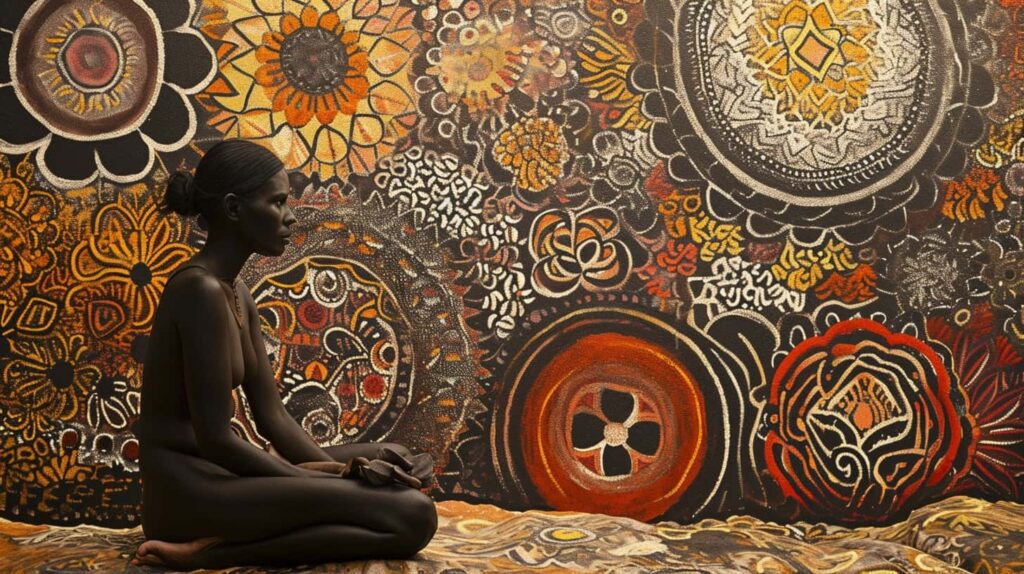
Ongoing Challenges
We understand that Aboriginal peoples continue to face significant challenges in today’s world. These challenges include discrimination, marginalization, loss of land, and cultural assimilation. Discrimination against indigenous communities often leads to unequal access to education, healthcare, and employment opportunities.
It’s important to recognize that the loss of land has a profound impact on Aboriginal communities. For centuries, these lands have been integral to their culture, spirituality, and traditional practices. The forced displacement from their ancestral territories disrupts their way of life and erodes their sense of identity.
Protecting Human Rights
Upholding the human rights of indigenous peoples is paramount. It is our collective responsibility as a society to ensure that Aboriginal communities are treated with dignity and respect. This involves advocating for fair representation in decision-making processes at local, national, and international levels.
Furthermore, promoting social justice requires us to acknowledge historical injustices inflicted upon Aboriginal peoples. By recognizing past wrongs and actively working towards reconciliation, we can pave the way for a more equitable future for all members of society.
Collaborative Efforts
Collaborative efforts between governments, organizations, and communities play a pivotal role in safeguarding the rights of Aboriginal peoples. Governments must implement policies that protect indigenous lands while respecting their autonomy and self-governance. Organizations can provide support through initiatives aimed at preserving indigenous languages, traditions, and knowledge systems.
At the community level, fostering understanding and solidarity is essential for creating inclusive environments where Aboriginal cultures thrive without fear of discrimination or exploitation.
Conclusion
Wow, what a journey exploring the multifaceted world of “Aboriginal” with all of you! From unraveling its historical roots to debunking misconceptions and shedding light on the challenges faced by Aboriginal communities today, we’ve delved deep into the rich tapestry of their identities and cultures. It’s clear that the term “Aboriginal” encompasses a vast array of languages, customs, and traditions, emphasizing the need for respect, understanding, and support for these diverse communities.
As we wrap up our adventure, let’s remember that our newfound knowledge comes with a responsibility. Let’s continue to amplify Aboriginal voices, advocate for their rights, and celebrate their invaluable contributions to our shared global heritage. Together, we can strive for a world where every Aboriginal individual is empowered and honored. Our journey doesn’t end here – it’s a call to action for us to be allies and champions for Aboriginal peoples everywhere.
Frequently Asked Questions
What does the term “Aboriginal” mean?
The term “Aboriginal” generally refers to the indigenous or native people of a particular region. It encompasses their cultural, linguistic, and historical connections to the land they inhabit.
How has the meaning of “Aboriginal” evolved over time?
The definition of “Aboriginal” has evolved from being solely associated with ancestral origins to encompassing a broader understanding of indigenous identity, culture, and rights.
What are some synonyms for the term “Aboriginal”?
Synonyms for “Aboriginal” include indigenous, native, autochthonous, and first nations. These terms all denote a connection to an original or earliest known population of a specific area.
How are Aboriginal peoples distributed geographically around the world?
Aboriginal peoples can be found in various regions globally, including Australia, North America, South America, Africa, and parts of Asia. They have distinct cultures and languages shaped by their environments.
What are some common misconceptions about Aboriginal communities?
One common misconception is that all Aboriginal communities share similar cultures or experiences. In reality, there is significant diversity among different Aboriginal groups in terms of language, traditions, history, and contemporary challenges.
